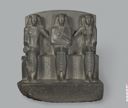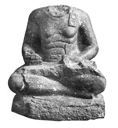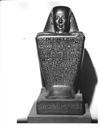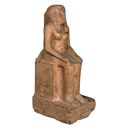HERMES: Revista del Mundo Clásico (UAM)
Hermes es una revista trimestral elaborada por alumnos y becarios del departamento de Filología Clásica de la Universidad Autónoma de Madrid. Fundada en octubre de 2009, el objetivo de Hermes es que los estudiantes escriban reseñas y reportajes, realicen entrevistas y aporten una visión del mundo clásico muy ligada a la actualidad.Último número
See the full List of Open Access Journals in Ancient Studies














































